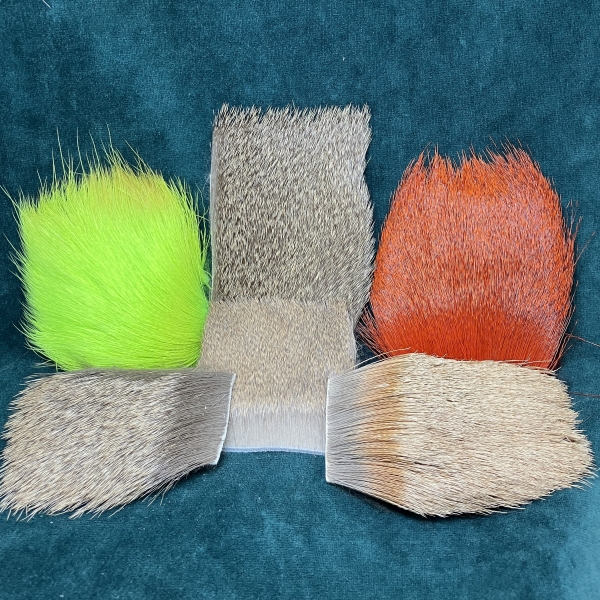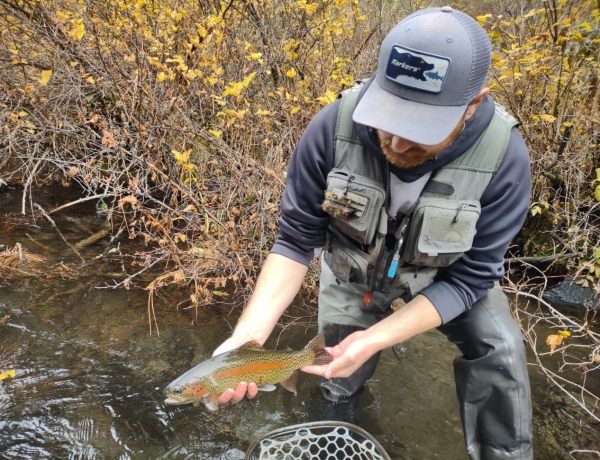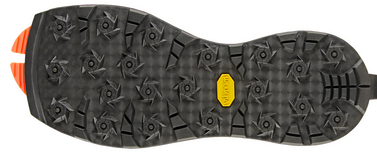Steelhead fishing is one of the biggest draws for hardcore anglers in the Pacific Northwest. Everyone likes to catch large, hard fighting migratory fish that can go on scorching runs and jump high enough to look you in the eye. They also have an incredible life history that takes them hundreds of miles from their natal streams all the way to the ocean and back. With an almost supernatural mythos surrounding these fish, the flies that people use to catch them are equally as enigmatic. And, not for nothing, but steelhead flies and tippet are usually bigger than what you'd use for trout so they're a lot easier to tie on if your vision isn't what it used to be.
Waking flies
Waking flies are flies intended to be fished in a manner that creates a wake that stimulates the fish to chase and attack. They can be on the surface or just below it. A waking fly fished on the surface is referred to as a "skater" fly.
Hairwings
Hairwings are flies swung under the surface of the water. The term hairwing references the "wing" of the fly being made of, you guessed it, some sort of animal hair. Usually deer or elk hair nowadays, but anything stiff or buoyant enough to support the materials around the wing can be used. Hairwing flies are another iteration of the original flies for Atlantic salmon that fly fishers used in the 18th century and possibly earlier. In the fly below, A Mack's Canyon designed on the good ol Deschutes, the wing is both white and orange calf tail.
Intruder/Spey/Stingers/Tubes
Intruder/spey flies are a style of swinging fly that is a little bulkier and typically flashier than a hairwing. They usually resemble the small squids that steelhead feed heavily on in saltwater in shape, not always color. Whether they eat them because of that is anyone's guess. Stinger flies are flies where instead of tying the fly directly on the hook, the hook is affixed to a shank with wire or strong, thin, line so that the hook dangles behind the fly. Tube flies are similar, except that the fly is tied on a tube and instead of the hook being attached to any part of the fly, the leader goes through the tube and attaches directly to the hook.
Leeches/Sculpin
Leeches and sculpin flies for steelhead are typically stinger flies that are just large and noticeable. Most of them are variations on a string leech, which is a trailer hook at the back of a rabbit strip with some sort of collar at the head of the fly behind a cone or bead.
Nymphs
Nymphs for steelhead are flashier trout nymphs on a stouter hook. Some popular patterns are stoneflies or eggs, especially on the Deschutes. Maybe the fish remember them from back when they were young and carefree eating them as juveniles in the river. Maybe it's just big obnoxious stuff in their way and they don't have hands to move it so they use their mouths. Who knows?


